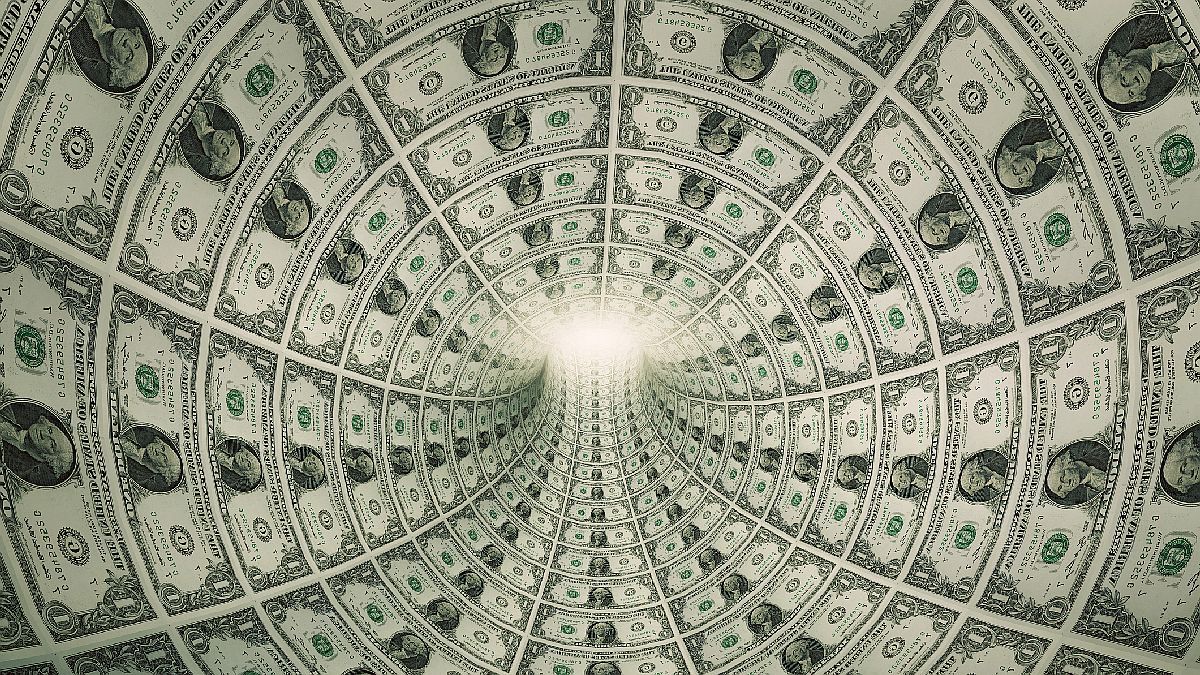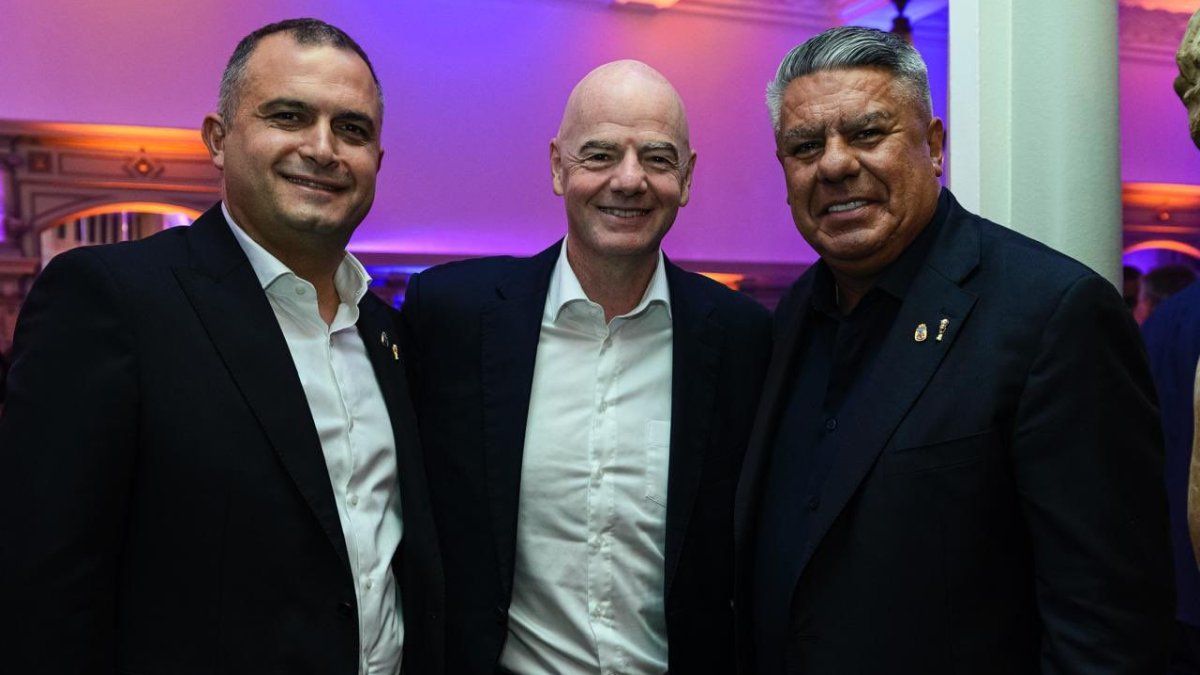He added that “the large amount of pesos issued in the second half will converge with the seasonal drop in the demand for money in February. This could further inflate free dollar prices and, consequently, the exchange rate gap.”
In the Stock Market, the “liquid counted” dollar (CCL), -operated with the AL30 bond, one of the most liquid in the domestic market-, jumped from $206.04 to $218.82 (6.2%) in the week, taking the gap with the official exchange rate to 109.7%, maximum since December 7.
Likewise, the prices of the CCL evaluated with other assets (such as the GD30 bond, ADRs, or Cedears), climbed up to 7.6% and reached $225, for which the spread with the wholesale dollar exceeded 115%.
In the case of the MEP (via AL30), the price went from $202.46 to $212.74, an unprecedented value so far in nominal terms.
The tension between the Government and the IMF is due to differences in terms of speed and the path that Argentina must follow to reach fiscal balance. From Casa Rosada they intend to take a more gradual path, while in the body they press for a faster adjustment.
Many analysts maintain that despite the disagreements there will be an agreement before March 22, at which time Argentina must pay the agency about US$3 billion, a figure that exceeds the amount of net reserves held by the BCRA.
“Although time is running out, we suspect that the government of Argentina will secure a new agreement with the IMF in the coming months and shift towards more orthodox policies. The biggest challenge will be to restore the competitiveness of the currency while keeping a check on inflation and the currency-laden government debt,” Capital Economics projected.
The difficulties in closing the agreement are worrying considering the fragile capacity to retain the dollars that enter the country. The BCRA accumulates three consecutive days with net sales of foreign currency to supply the demand in the official foreign exchange market, within the framework of imports at their highest levels since the crisis unleashed in 2018, and a certain decrease in foreign currency income due to the harvest wheat.
Official dollar and Central Bank
In the wholesale segment, the dollar increased three cents to $104.34 (+50 cents a week), under the constant regulation of the BCRA. In the week ended, the wholesale exchange rate advanced 50 cents, somewhat below the adjustment of the previous week.
The Central Bank returned to buy for the first time in eight rounds, after accumulating a net loss of US$140 million in the last rounds. This Friday, he bought $10 million.
With an improvement in the volume traded, the US currency presented a mixed trend but ultimately turned into a seller, as a result of a slight improvement in income from abroad. Prices, as always, fluctuated according to the parameters defined for today by official regulation.
The highs were posted at the open at $104.38, seven cents higher than the previous end. Authorized purchase orders supported the price around the initial level during the first part of the day. In the second half of the session, income from abroad slightly predominated, generating a slight downward correction that took the price to a minimum of $104.34. The Central Bank took advantage of the improvement in the offer with purchases that at the end of today allowed it to maintain the price at the lows of the day.
“Already ending the month, The structural characteristics of the functioning of the foreign exchange market are maintained, which until now requires official interventions to compensate for temporary shortages of foreign currency., waiting for a substantial improvement in the income of the agro-export complex,” said analyst Gustavo Quintana.
The dollar today rose eight cents this Friday, January 21, 2022 at $109.79 (+58 cents), -without taxes-, according to the average in the main banks of the financial system. In turn, the retail value of the currency in Banco Nación closed at $109.
In this way, the solidarity dollar advanced 13 cents to $181.15 (+95 cents).
The blue dollar soared another $5 this Friday, January 21, 2022, to hit the unprecedented $219, its fourth consecutive nominal record, according to a survey by Ámbito in the Black Market of Currencies.
The parallel dollar thus accumulated a rise of $13 from its monthly minimum, recorded last Monday, January 3, while in the week it registered a rise of $9.50, the most important in 7 months.
Thus, the gap with the wholesale exchange rate, which regulates the Central Bank (BCRA), reached 109.9%, and is the highest since November 2020.
Source From: Ambito
David William is a talented author who has made a name for himself in the world of writing. He is a professional author who writes on a wide range of topics, from general interest to opinion news. David is currently working as a writer at 24 hours worlds where he brings his unique perspective and in-depth research to his articles, making them both informative and engaging.




